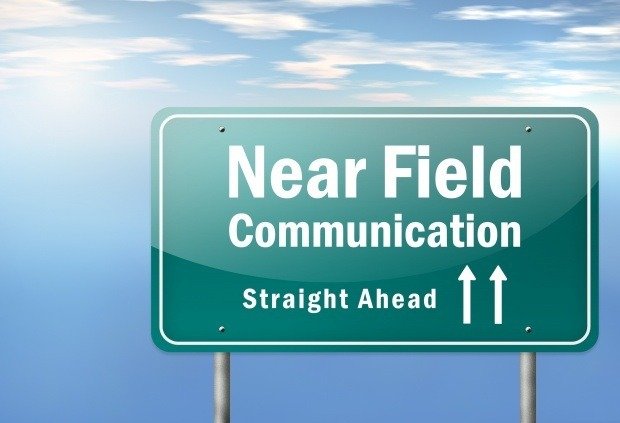Now in its fifth year, the NEC Showcase 2013 will be held at East London’s Tobacco Dock, seeing NEC partners teaming up once again to demonstrate how their digital signage offerings work in different ecosystems. Visitors will reportedly be able to see more than 100 solutions represented through the two floors of the show across eleven applications zones: DOOH, retail, education, transport, 3D and leisure, 3D cinema, media, healthcare, control rooms, corporate communications and the NEC innovation zone.

London’s Tobacco Dock was built in the 19th century as a secure warehousing for tobacco arriving from the New World
Since its conception, the showcase has focused on providing end users with a tangible example of what it possible in a real-world situation, and an opportunity to talk directly with manufacturers and system integrators in each vertical market.
“The showcase is a unique event; where else can you see more than 50 different AV and IT vendors working together to show complete solutions?” asks Simon Jackson, vice-president at NEC Display Solutions. “We already have 600 people registered to visit.”
NEC itself is using its event as a launchpad for an 80″ (203cm) screen in its entry-level E series, plus the new P series 70″ (178cm) display with NFC and NEC NOC, a remote service network operating centre. Also new this year is a sensor-driven signage offering, the NEC Leaf Engine, co-developed with NEC Laboratories in Heidelberg.
“We’ve added a couple of NEC zones so we can show off our new technology but the really exciting zones are where the collaboration takes place,” enthuses Jackson. “Look out for retail and 3D – they should be fun.”
Ultra or 4K will feature heavily at the showcase, promised as a complete workflow. Content will be filmed live, edited, exported and displayed around the event. This will be shown on 2×2 and 3×3 video walls and a new high-end laser projector. What content? Watch out for the dancing girls!
Welcoming visitors at the entrance hall with a projection-mapped tunnel will be 7th Sense. Using its Delta media server solution it will show fully uncompressed 4K content on the NEC 4K projector. Richard Brown, principal engineer at 7th Sense, comments: “This is our first showcase and it provides us with an opportunity to demo our products as an integrated solution with NEC’s displays. The uncompressed nature of our video servers means that we can show them off at their best.”
Regular exhibitor PSCo will exhibit a videowall using five different screen formats. Driven by a Harris player, the wall will be arranged in a structure designed by Unicol and put together by PSCo’s engineers. It’s not all about what’s flashy, of course: Unicol is supporting NEC Displays throughout the show with its mounting solutions. There will be a number of coloured Axia lectern stands supporting 46″ (117cm) screens and Axia Titan stands built to carry 100″ (254cm) screens on different videowall arrays.
A newcomer at the showcase is Monster Media, whose managing director Liam Boyle is excited by what the event can offer. “Partnering with NEC is the perfect marriage of intelligent technology solutions and practiced content creation. One thing is to have the shiniest-looking kit on the block; another is to provide a valuable experience for the consumer.”
Exhibiting for the fourth time, White Space will be showing its latest version of 3D-Hub at the retail, education and events zones. 3D-Hub is an interactive media player with 3D content. Its features include rotating, exploding, animating, highlighting and labelling media. The 3D-Hub also works with regular 2D displays, which can be viewed in stereo 3D using Anaglyph or ColorCode 3D technology.
Also looking to take advantage of NEC’s outstretched arm to end users, IHSE will have a presence for the first time. IHSE is a manufacturer of advanced KVM and video extenders, which allow the remote location of auxiliary computer consoles at very long distances from device. Its KVM matrix switches enable different computers to be accessed through one or more consoles – all equipment vital to larger installations.
NEC is also giving visitors a voice. Attendees can submit questions upon registration or at the show via touchscreens, which will be displayed on screens across the show, offering food for thought. Running alongside the Showcase will be a conference organised by DailyDOOH, with ten speakers, in morning and afternoon blocks. And when the show’s done, don’t forget to prepare for a well-deserved drink reception after 4pm – which, some say, is when the business really begins.
